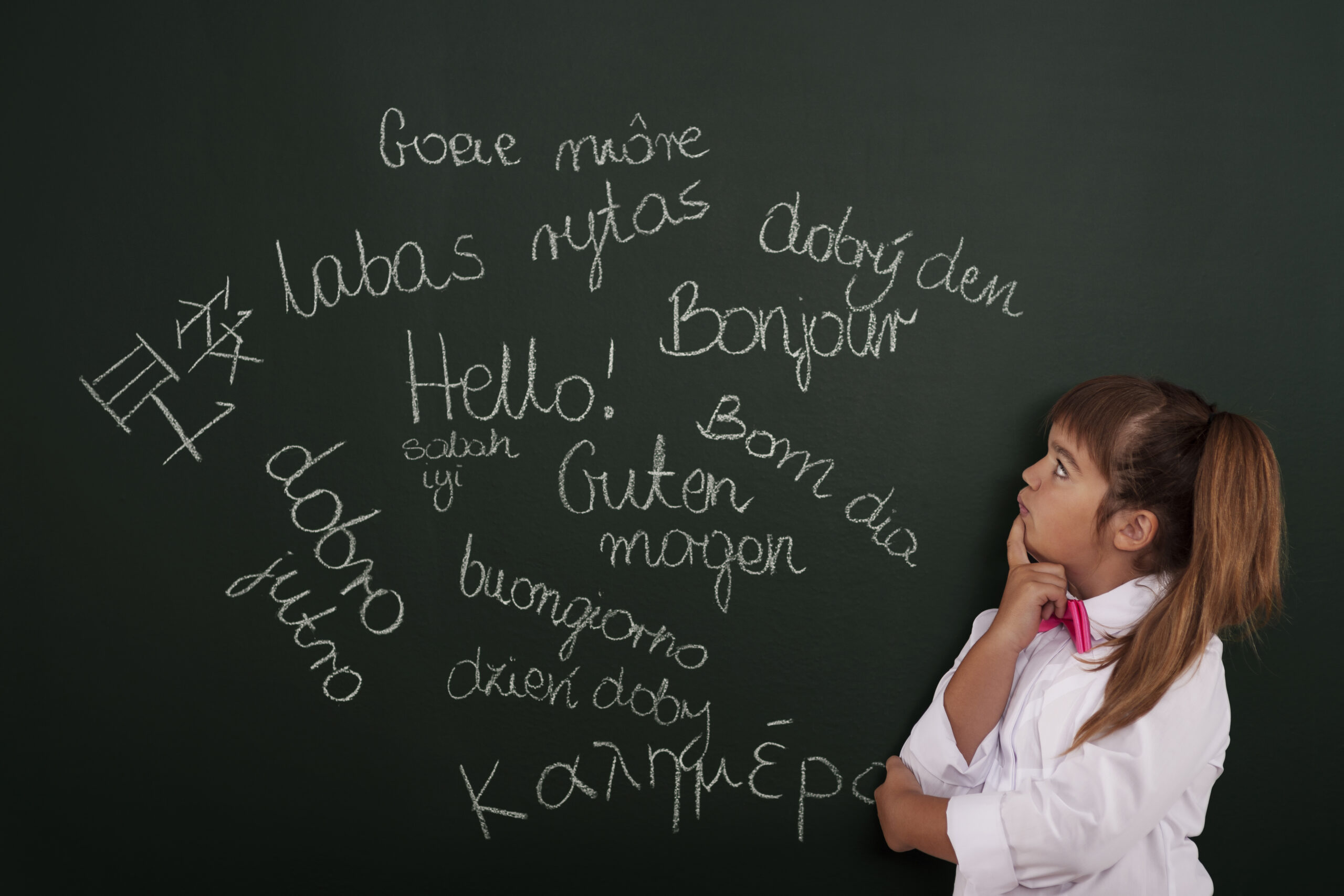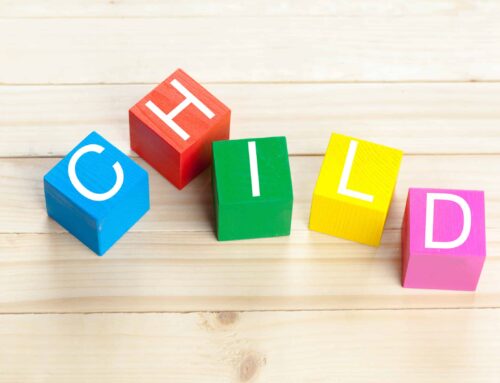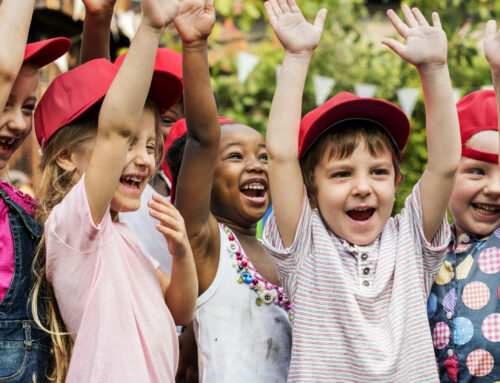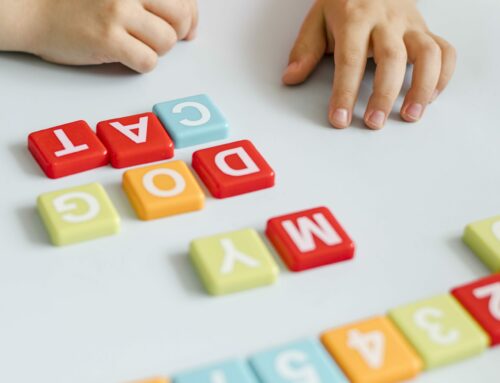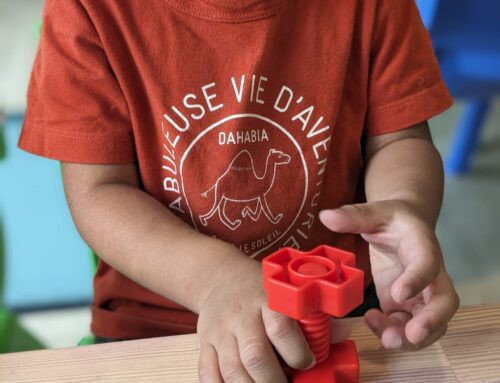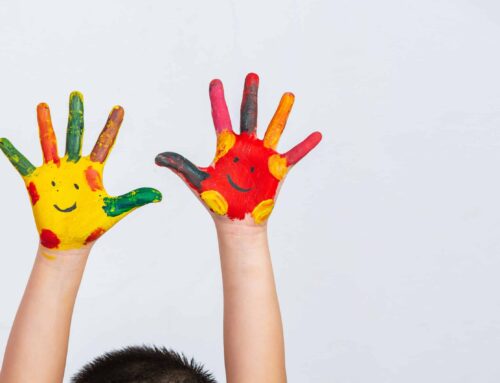Whatever the languages learned, bilingual people derive benefits from their bilingualism. This is a conclusion that all researchers have come to. Being bilingual is a tremendous asset academically, professionally, and personally.
But before going further in the analysis of the real benefits of bilingualism, in English, Chinese or any language whatsoever, it is necessary to agree on the definition of the word bilingual. People who are bilingual are those who can express themselves fluently in two languages, without any particular preference, both in writing and orally.
While parents are sometimes worried about the risk that bilingualism could pose to their children, particularly in terms of linguistic delay (poor vocabulary) or school struggles, studies show that being bilingual often brings many advantages from the perspective of cognitive brain development.
And let it be said right away…all children have the ability to master two languages, as long as they are given the conditions to thrive in the right learning environment!
The Cognitive Benefits of Bilingualism
Research shows that simultaneous exposure to two languages yields many cognitive benefits. Learning two or more languages promotes children’s thinking about language and leads to an increase in metacognitive and metalinguistic skills. A bilingual brain performs better in processes involving information selection, concentration, and adaptability. Bilingual children will, in particular, find it easier to carry out tasks requiring a great deal of attention. Bilingualism also increases mental flexibility (thanks in particular to constant translation) and the ability to manage several different jobs simultaneously.
In addition, the experience of bilingual people improve brain networks, which makes them more robust for its executive functioning (logic, strategy, planning, problem solving and reasoning), and this throughout their life. … This cognitive enhancement has the effect of delaying brain aging and disease!
Thus, bilingualism acquired in childhood makes it possible to preserve cognitive youth. Thanks to the constant mental gymnastics linked to translations, the brain is more stimulated, which is essential in the prevention of diseases such as Alzheimer’s. A study conducted by Ellen Bialystok, a psychology teacher-researcher in Canada, shows that the onset of memory problems in people speaking at least two languages would occur on average five years later than the average.
“The brain of a bilingual person performs better than that of a monolingual”
Ellen Bialystok has published seven books in which she explains that bilingualism changes the way the brain works. Does this mean that they are smarter? Obviously not. Ellen simply demonstrates that bilingual people, having to permanently switch between two languages, reinforce the executive control system of the brain. More solicited, this part becomes more effective, which explains why bilinguals are more successful in certain tasks such as resolving conflicts, doing several things at the same time, moving from one order to another and inhibiting an action. This is why Ellen Bialystok asserts that “The brain of a bilingual performs better than that of a monolingual”.
The Social Benefits of Bilingualism
Bilingual children also enjoy significant advantages in society over monolingual children. Bilinguals are more comfortable in a multicultural environment. They are also often more open to people, cultures, and the world.
Several studies also point out that bilingualism makes it easier to learn a third language. Since bilingual people have more linguistic resources, and very good attention span, they therefore have excellent perception, and are more open to learning a new language.
According to a recent study, and if we want to go further in terms of the effect of bilingualism, children raised from an early age in a bilingual environment believe more in the acquired than in the innate. They therefore think that we are the fruit of our experiences. This is important information that allows researchers to come to the conclusion that learning a second language at an early age would help develop an ability to accept human diversity.
Conditions Conducive to Bilingualism
In our introduction, we talked about how all children are capable of mastering two languages as long as they have and take advantage of the right environment. But then what are the conditions conducive to learning a new language?
For most linguists, it is thanks to maternal emotions and enjoyment that the child acquires a language. Until the age of 7, simple contact, which mainly involves listening, allows a child to easily develop a second language.
Childhood is therefore the best time to learn a second language, at home, in nursery, in kindergarten or in primary school. As Andrés Lara, PhD student in linguistics at the Sorbonne and teacher at The Garden Academy, explains: “All children acquire a language in a distributional way. This means that they learn the language from simple exposure. The more they are exposed to a language, the better they will be able to speak and understand it. Distributional learning is generally associated with the integration of sounds and vocabulary, although recent studies show that it also applies to the acquisition of grammar.”
(Excerpt from an article by Andrés Lara published in French on our Blog)
Contact with the language, if it does not exist in the family unit, can take place in a school or extracurricular environment, the time of exposure and immersion in the target language can also then determine the results. At The Garden Academy, children in pre-kindergarten are exposed 100% of the time to English and 50% of the time from kindergarten onwards. On the subject of immersion, Andrés Lara adds: “Immersive schools recreate different moments of daily life and cover a wide variety of subjects leading children to use the target language in configurations that they would not have been able to know otherwise.”
There are many teaching methods and materials for learning a second language. At The Garden Academy, we strongly believe in immersion, but to the benefit of reading, music and learning through play. Fun, artistic activities and exercises are adapted to the age and level of each student. French-speaking or English-speaking children in our schools allow us to appreciate their progress, but also the pleasure they have in opening up to a new language to others and to the world.
